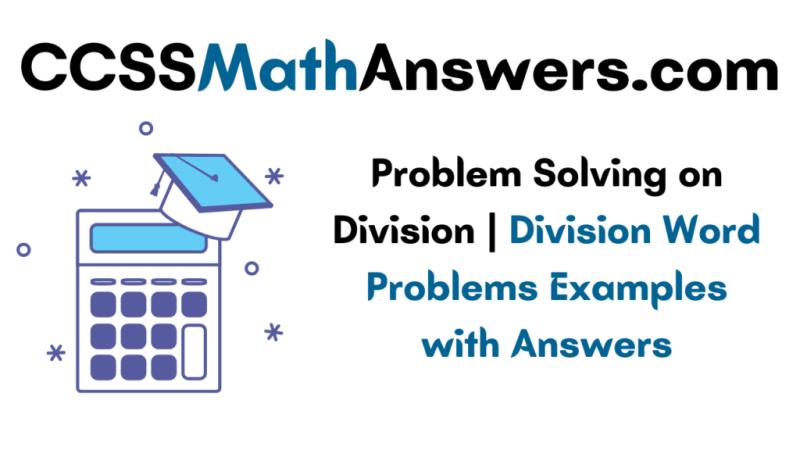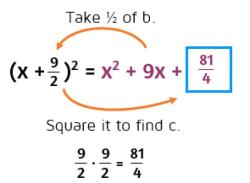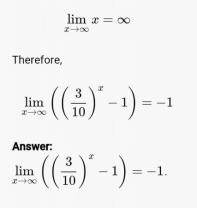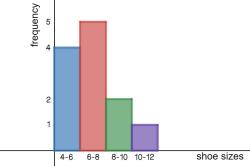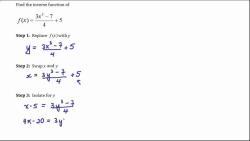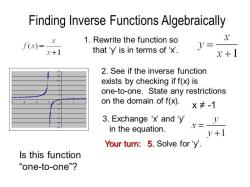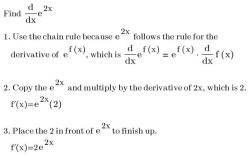How to solve division problems with variables?
Solving division problems with variables involves applying the principles of algebra to isolate the variable and find its value. Here's a step-by-step guide on how to solve division problems with variables:
Step 1: Understand the Problem:Start by carefully reading the problem and identifying the variable you need to solve for. Understand the context and what the problem is asking you to find.
Step 2: Use Inverse Operations:The key to solving division problems is to use the inverse operation of division, which is multiplication, to isolate the variable. You'll be multiplying both sides of the equation to "undo" the division.
Step 3: Isolate the Variable:Here are the general steps to isolate the variable in a division problem:
a. If you have an equation with the variable in the denominator (e.g., x/2 = 4), multiply both sides of the equation by the denominator to eliminate it. In this case, you would multiply both sides by 2: .
b. If the variable is in the numerator, divide both sides by the number on the other side of the equation. For example, if you have , divide both sides by 3: .
Step 4: Simplify and Solve:Now that you've isolated the variable, simplify the equation to find the variable's value.
a. In the first example (), you would simplify it to .
b. In the second example (), you would simplify it to .
Step 5: Check Your Answer:It's a good practice to check your solution by plugging the found value of the variable back into the original equation to ensure it satisfies the equation. If it does, you have the correct answer.
Example 1: Solve for in the equation .
a. Multiply both sides by 3 to eliminate the fraction: .b. Simplify: .c. Divide both sides by 2 to isolate : .d. Simplify: .
So, .
Example 2: Solve for in the equation .
a. Multiply both sides by 5 to eliminate the fraction: .b. Simplify: .c. Divide both sides by 4 to isolate : .d. Simplify: .
So, .
By following these steps, you can solve division problems with variables and find the values of the unknown variables in equations.
Solving Division Problems with Variables: Techniques and Examples
Solving division problems with variables involves isolating the variable on one side of the equation using various techniques. Here are two common approaches:
Multiplication by the Inverse
Identify the variable: Determine the variable you want to isolate.
Divide both sides by the coefficient of the variable: If the variable is multiplied by a number, divide both sides of the equation by that number.
Simplify: Combine like terms and simplify the expression as needed.
Example: Solve for x in 3x = 12
Solution:
Divide both sides by 3:
3x / 3 = 12 / 3
Simplify:
x = 4
Dividing by the Variable
Rearrange the equation: If the variable is in the denominator, bring it to the numerator by multiplying both sides by the denominator.
Isolate the variable: Divide both sides of the equation by the variable.
Simplify: Combine like terms and simplify the expression as needed.
Example: Solve for y in y / 2 = 5
Solution:
Multiply both sides by 2:
y / 2 * 2 = 5 * 2
Simplify:
y = 10
Division with Algebraic Variables: Strategies and Practice
Solving division problems with variables involves more than just applying formulas; it requires understanding the concept of division and how to manipulate algebraic expressions. Here are some tips for improving your skills:
Master basic division: Ensure you are comfortable with dividing integers and fractions before tackling algebraic division problems.
Understand the concept of inverse operations: Recognize that division is the inverse of multiplication, and use this relationship to solve division problems.
Practice with different types of expressions: Work with expressions that have variables in the numerator, denominator, or both to gain experience with various scenarios.
Break down complex problems: If a problem seems overwhelming, break it down into smaller, more manageable steps.
Mastering Variable-Driven Division Challenges
Successfully solving division problems with variables requires a combination of knowledge, practice, and problem-solving skills. By understanding the underlying concepts, applying appropriate techniques, and consistently practicing, you can master these challenges and become proficient in handling algebraic division expressions.
